|
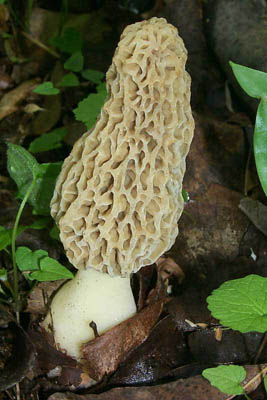
Meeting Location: North Park Village Nature Center 5801 N. Pulaski, Chicago, IL |
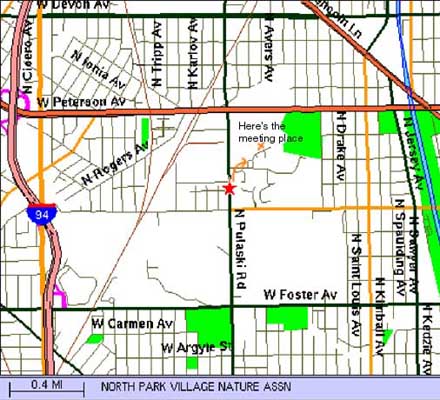
Italian Mushroom Club |
|
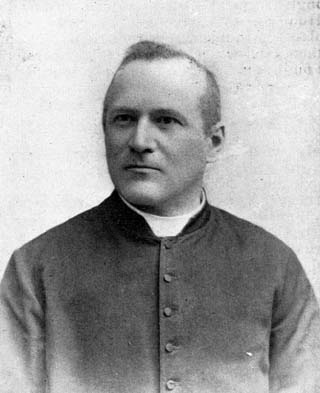
|
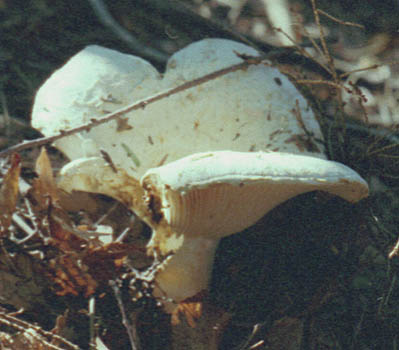
THE ILLINOIS MYCOLOGICAL ASSOCIATION MEMBERSHIP RENEWAL FORM |
|
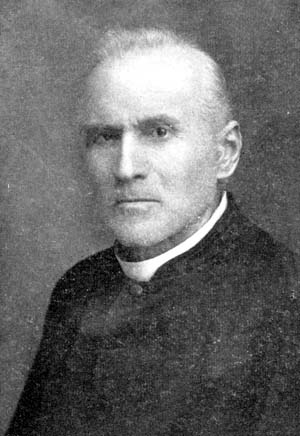
| Sunday, Sept. 30 at 10:00 AM | Kettle Moraine South (Wisconsin) - joint foray IMA & WMS. See directions in the last issue. Central Wisconsin got a lot of moisture lately! |
| Friday, Oct. 12 at 12:00 noon | Schiller Woods (Directions & map below) Collecting for next days microscopic class. |
| Saturday, Oct. 27 at 9:00 AM | Bachelor Grove (see page 3 for directions and map) |
| Saturday, Nov. 10 at 10:00 AM | Moraine Hills State Park (see page 3 for directions and map) Help us check out this new location! The far north and westside IMAers deserve one foray in “their-neck-of-the-woods”, no??! |
Schiller Woods Foray |
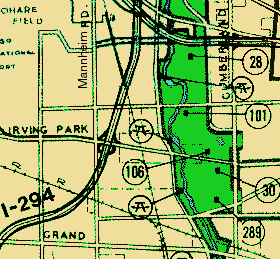
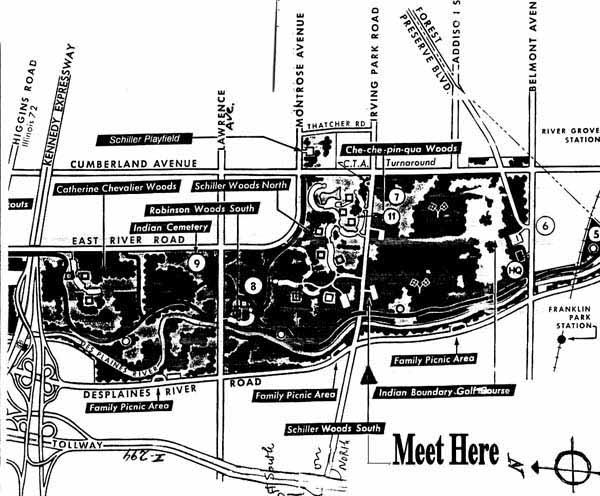
McCrone Research Institute Meeting Directions |
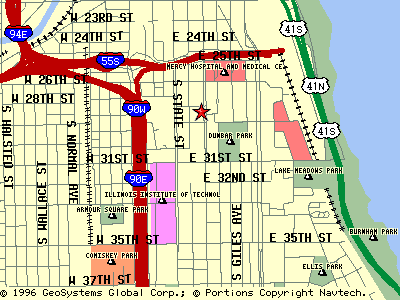
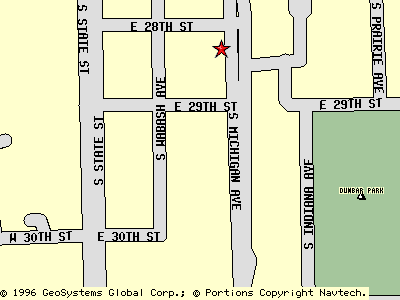
Bachelor Grove Foray |
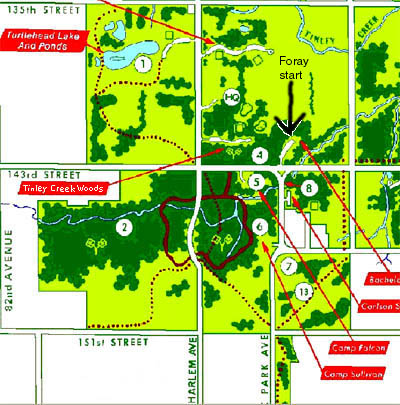
Moraine Hills Foray |

IMA Potluck Cook Off October 13th - New Date! |
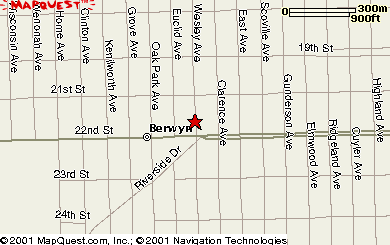
|
|
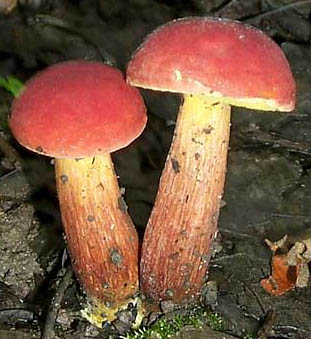
|
|
|
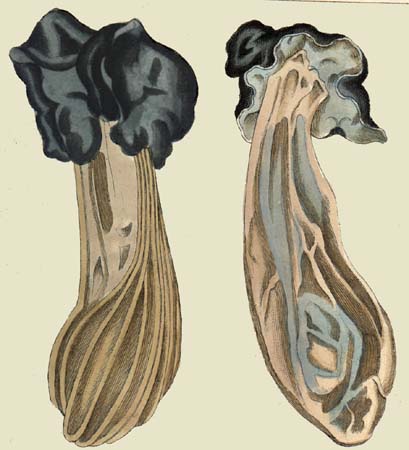
|
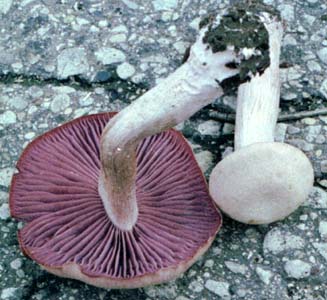
|
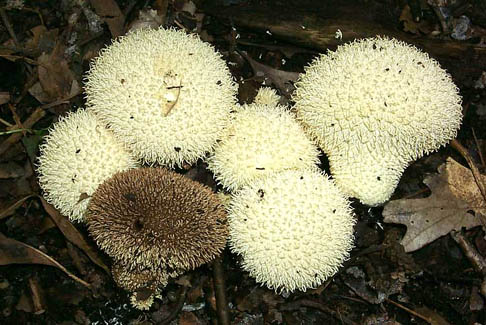
|
|
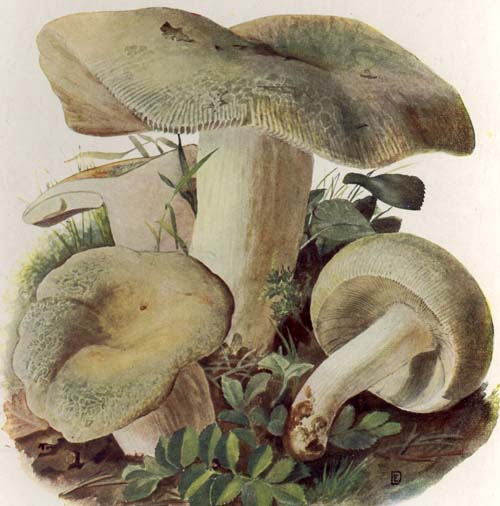
|
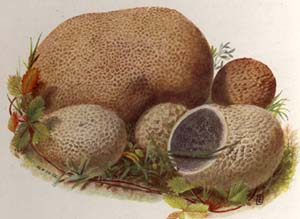
|
|
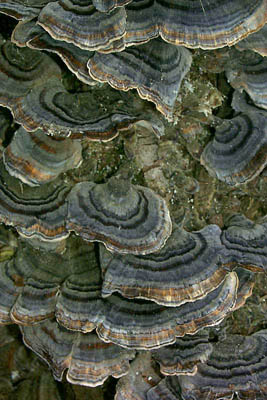
Deer Grove Species: ASCOMYCOTA (6) |
|
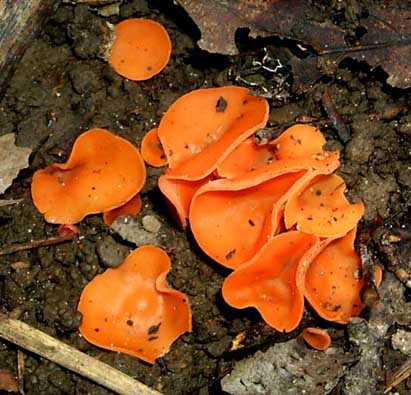
Deer Grove Species: BASIDIOMYCOTA - - Gilled mushrooms and boletes (54) |
|
|
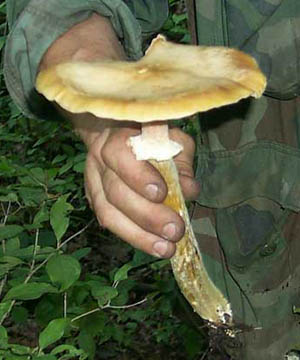
|
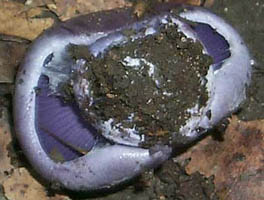
|
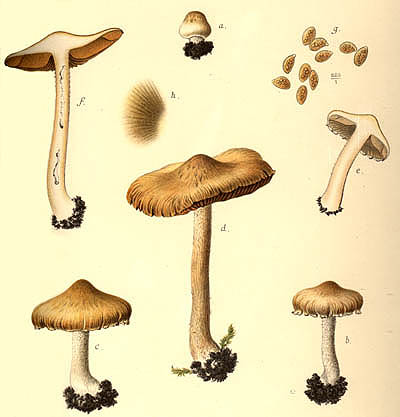
|
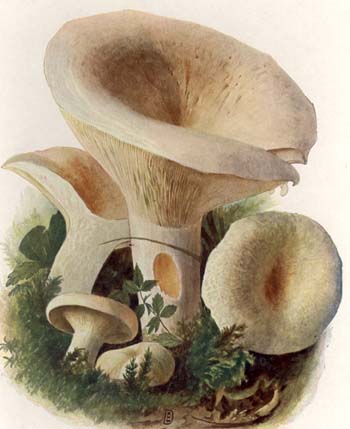
|
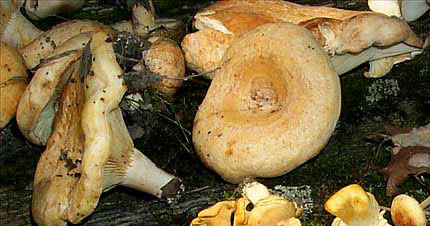
|
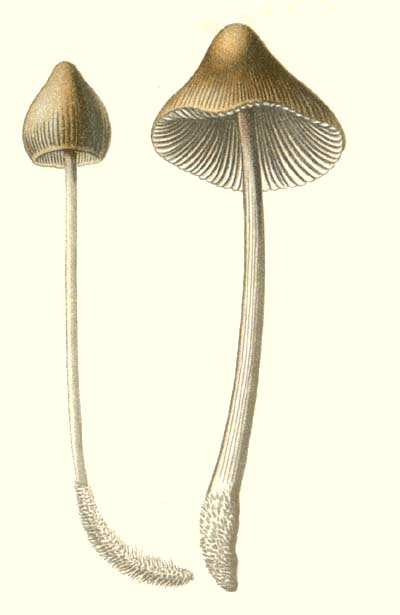
|
|
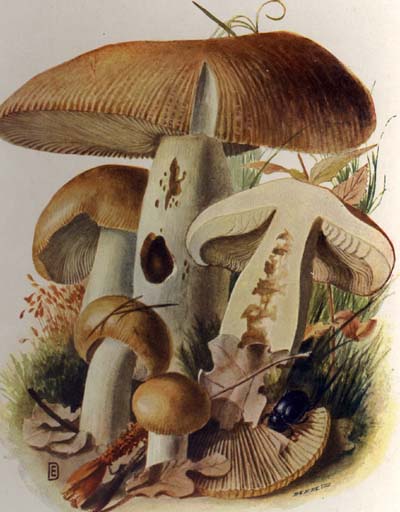
|
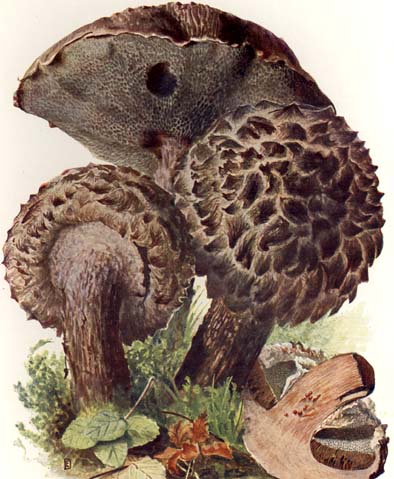
Deer Grove Species: BASIDIOMYCOTA - - Polypores, teeth fungi, and crust fungi (33) |
|
|
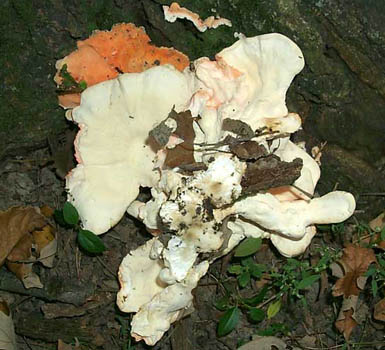
|
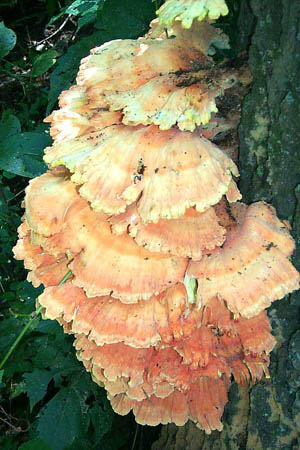
|
|
Chanterelles and Coral fungi (1) |
|
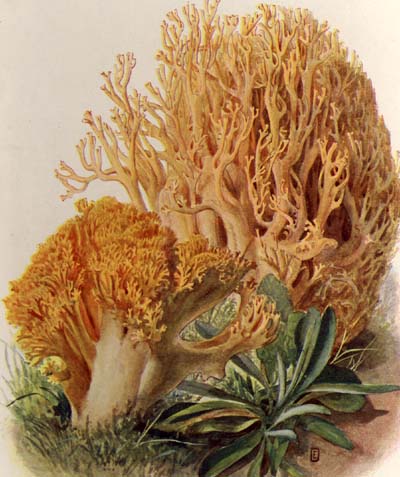
Puffballs and other gasteromycetes (8) |
|

Jelly fungi (2) |
|
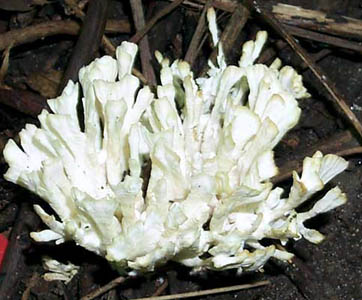
ZYGOMYCOTA (1) |
|
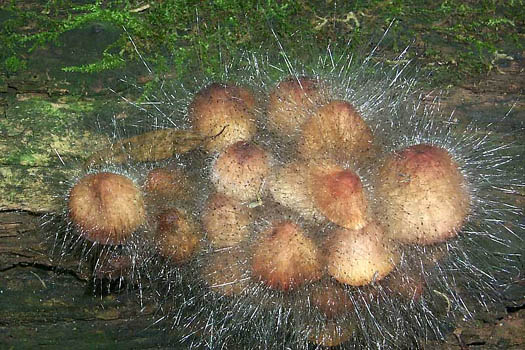
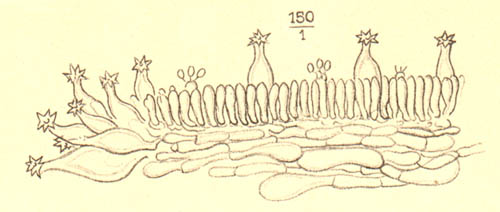
|
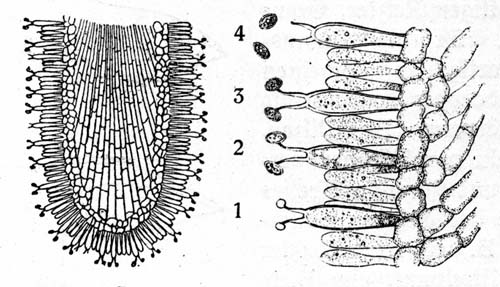


|
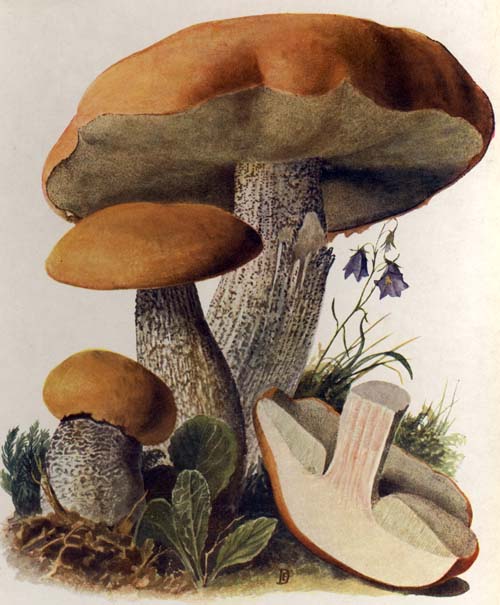
|
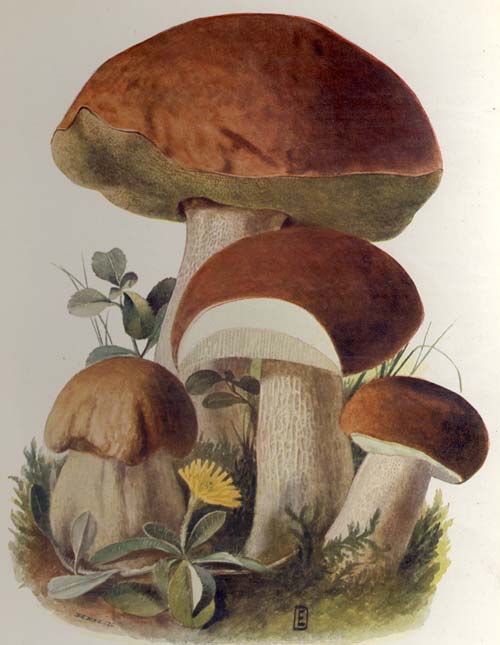
 Glossary | 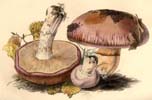 Mushrooms |  |  People | 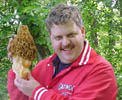 Newsletter |  Events |